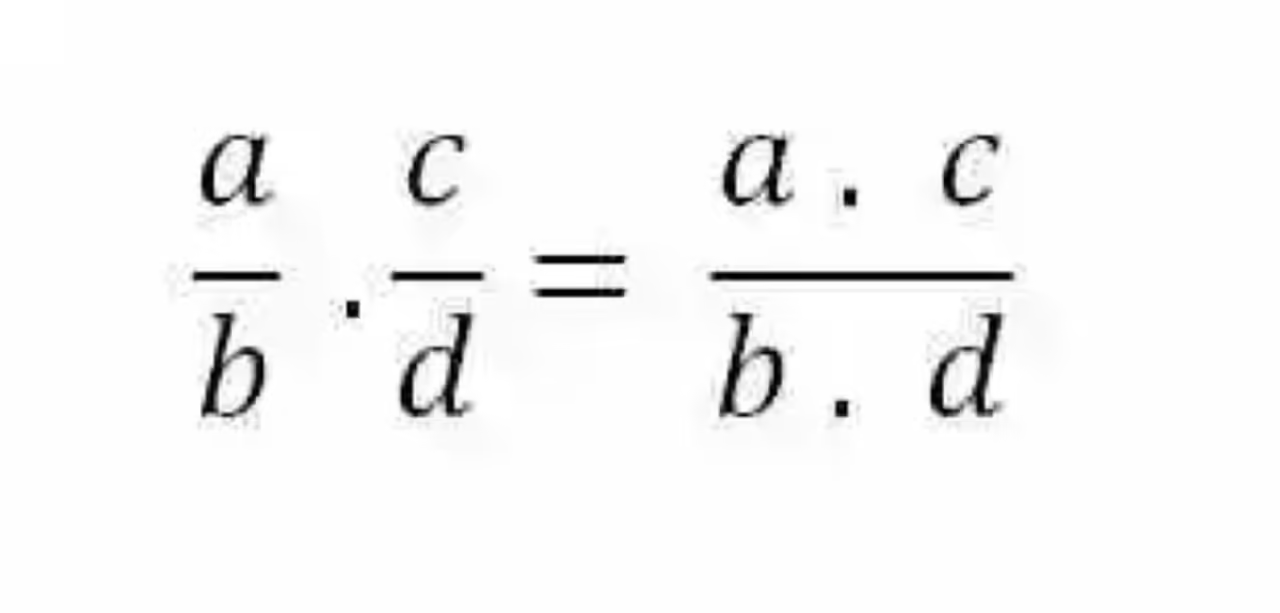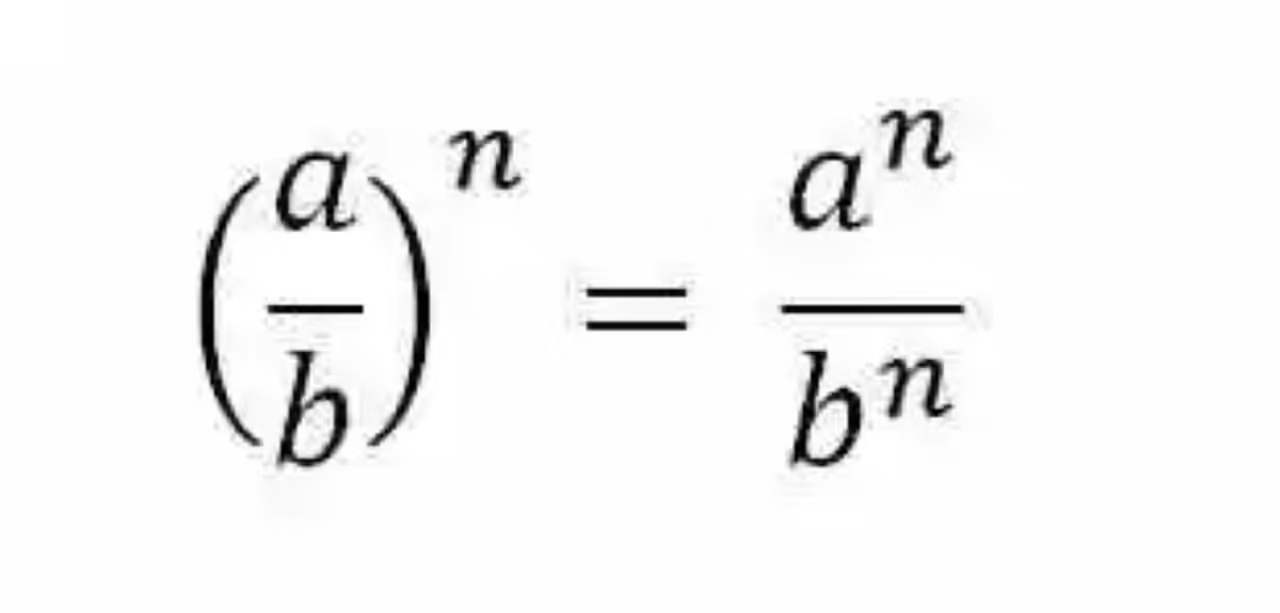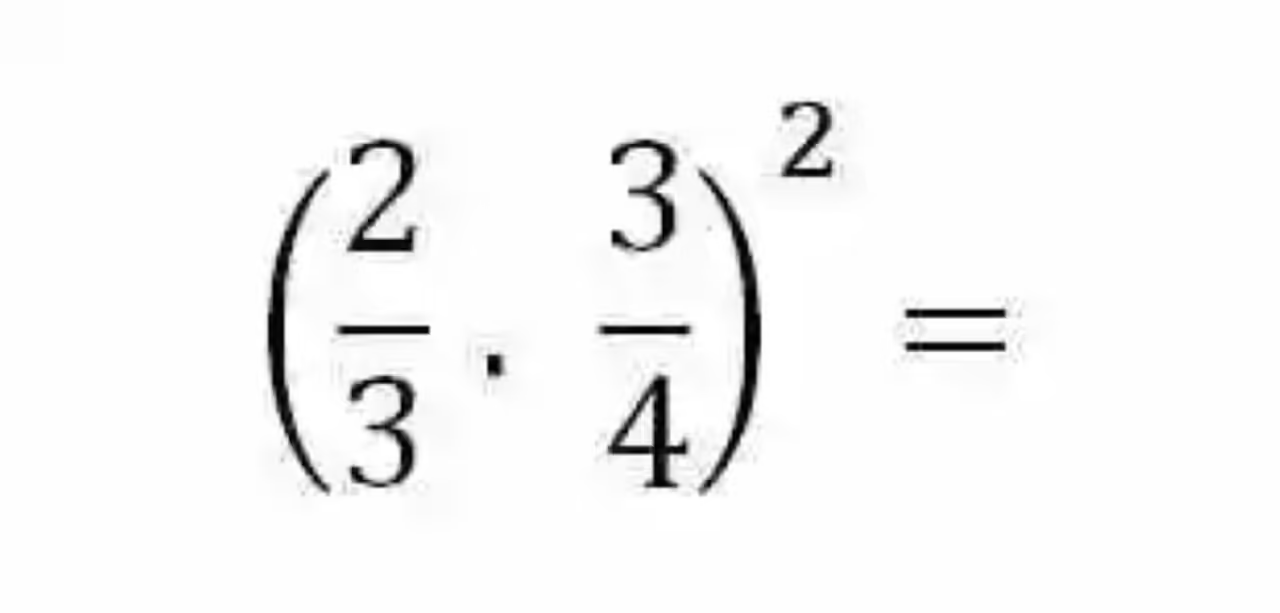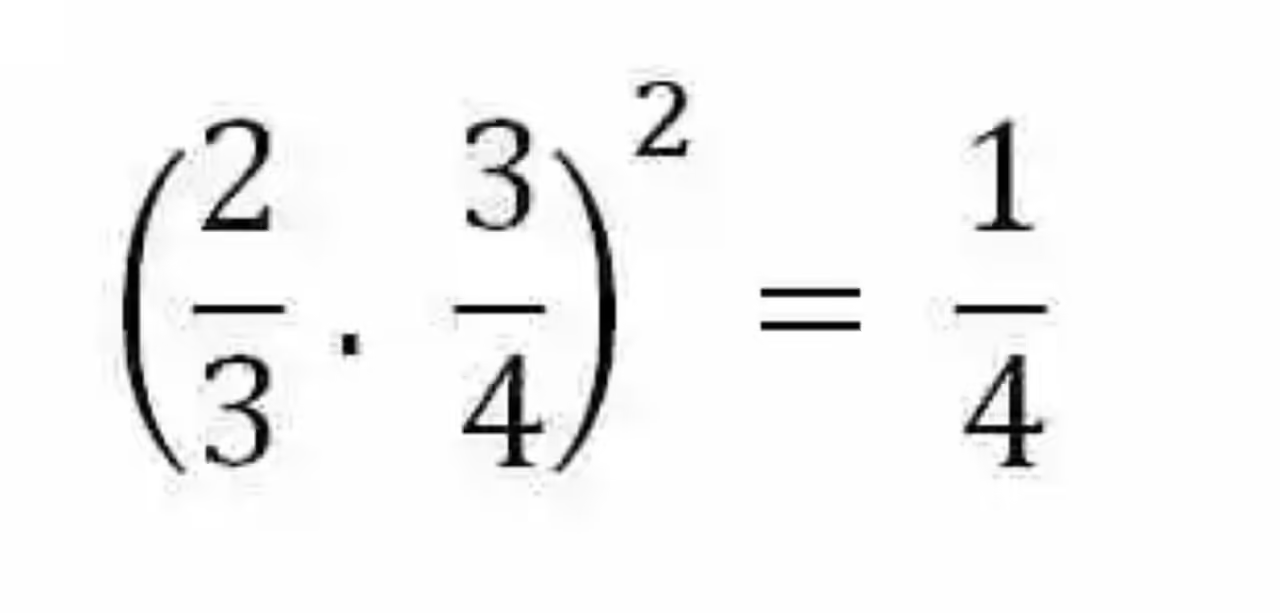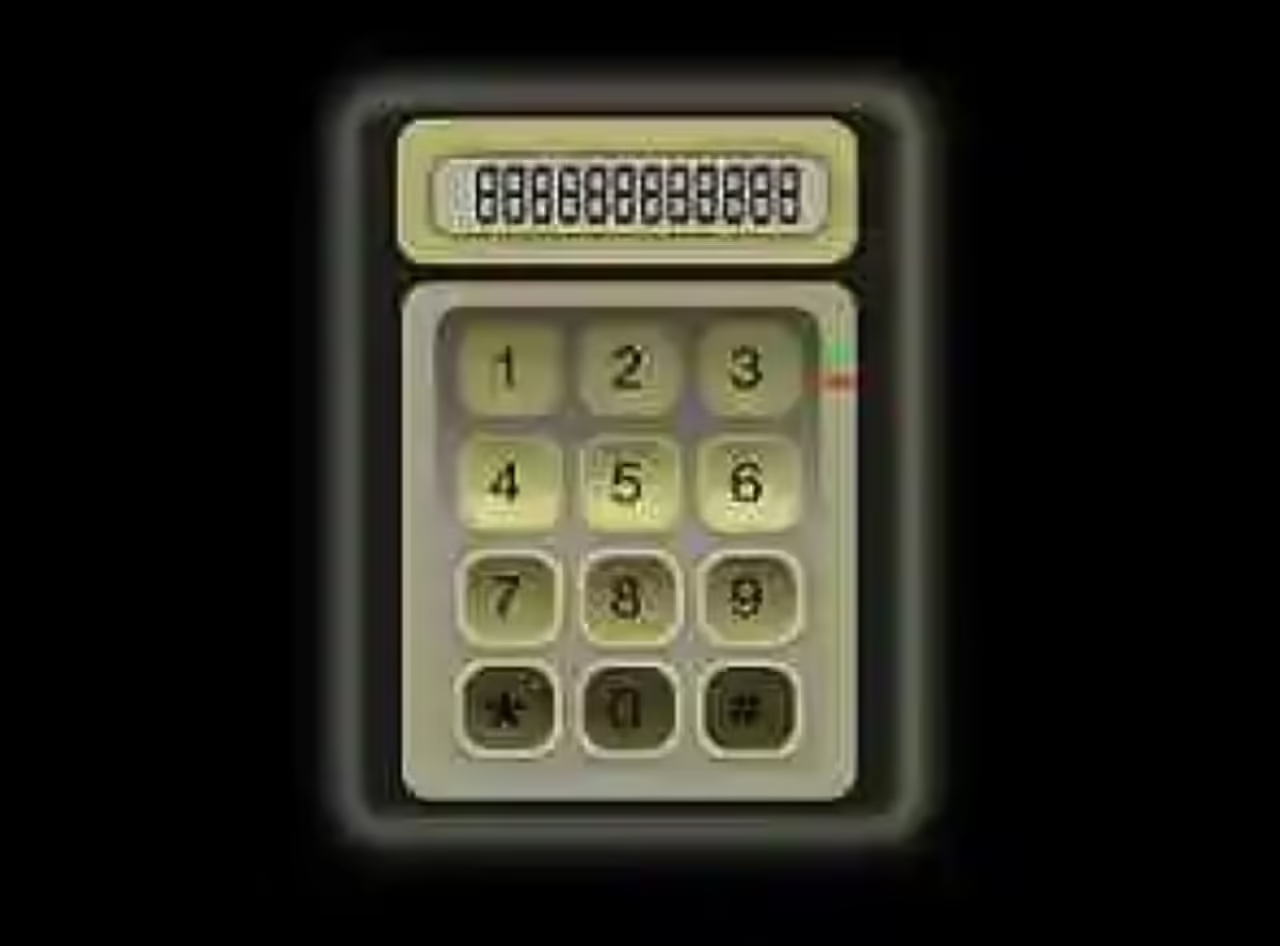Perhaps best of all, before moving forward with an explanation of the correct way to resolve an operation to determine the power of a fractional product, is to briefly revise some definitions, which will allow us to understand this procedure mathematician in its precise context.
Fundamental definitions
In this sense, perhaps it is best to delimit this theoretical review to four specific notions: Fractions, Fraction multiplication, Empowerment and rational-based powers, as these are the expressions and operations directly related to the procedure to determine the product potency of two or more fractions. Here are each of these definitions:
Fractions
First, it may be started by saying that mathematics has generally defined fractions as a type of mathematical expression, by which fractional or rational numbers are realized, i.e. fractions will be used – always and without exception – to account for non-whole or unaccurate amounts.Thus, the mathematical discipline has pointed out that these expressions will be composed of two elements, explained in turn as follows:
- Numerator: On the one hand, the Numerator will be the element that occupies or conforms to the top of the fraction. Your task will be to indicate how many parts of the whole have been taken, or are represented by the Numerator.
- Denominator: as for the Denominator, Mathematics conceives it as the element occupying the lower part of the fraction, its main mission being to indicate in how many parts the total or unit is divided, of which the fraction points only a few.
Multiplication of fractions
Likewise, attention should be paid to the definition of Fraction Multiplication, which have been explained as a type of mathematical operation aimed at establishing what product is obtained by adding a fraction by itself, as many times as it is point to a second fractional expression, hence this procedure can also be interpreted as an abbreviated sum.
In reference to the correct way to respond to such an operation, Mathematics notes that Fraction multiplication is actually the simplest operation in which such expressions are involved, as it will be needed simply multiply the numerator by the numerator and denominator by the denominator, which can be represented mathematically by speaking as follows:
Empowerment
Thirdly,it will also be necessary to review the concept of Empowerion, which has been explained by the different sources as a mathematical operation, the main purpose of which will be to determine what is the product of multiplying, by itself, a number – which it does as the basis –as many times as it points to a second numerical element – which in turn will act as an exponent – hence the Power-Up has also been explained as an abbreviated multiplication.
Rational-based powers
Finally, it will also be relevantto take into account the concept of Rational-Based Powers, which may be understood as those enhancing operations in which the base consists of a fraction. Consequently, the Rational-Based Powers will aim to know what the product of multiplying a fraction for themselves is, as many times as the natural number that the exponent sits.
Mathematics also notes that in order to solve such operations, it will be necessary to apply the general formula of Rational-Based Powers, which consists of raising each element of the fraction separately to the exponent indicated by the operation,procedure that may be expressed mathematically as follows:
Power of a fraction product
With these definitions in mind, it is perhaps certainly much easier to address the definition of Power of a fractional product, which can be understood as a mathematical operation, aimed at determining how any procedure is resolved that raises a fraction multiplication to a specific exponent.
In this order of ideas, the mathematical discipline states that it will be best to elevate each of the factors that constitute multiplication to the exponent involved in the operation, and then elevate them individually. This operation may be expressed mathematically as follows:
Example of how to solve a product’s power
However, the most efficient way to complete an explanation of how any operation where a product or fraction multiplication has been raised to a common exponent may be the most efficient way to resolve, is to set out a concrete example, which allow you to see in practice how each of the steps indicated by the mathematical theorist is fulfilled, as can be seen in the following exercise:
Resolve the following operation:
Once the operation has been reviewed, it is determined that it is the Power of a product, so to solve it it will be necessary to raise each factor separately to the proposed exponent:
Thus, the operation is raised, each power must be resolved, raising each element of the fractions separately to the corresponding exponent:
At this point, then a multiplication of fractions must be performed, for which the elements are multiplied with each other, that is, numerator by numerator, and denominator by denominator:
Once a product has been obtained, it should be checked whether the fraction can be simplified:
Arrival at this fraction, considered to be the smallest form, it is then considered that the operation has been resolved:
Picture: pixabay.com

